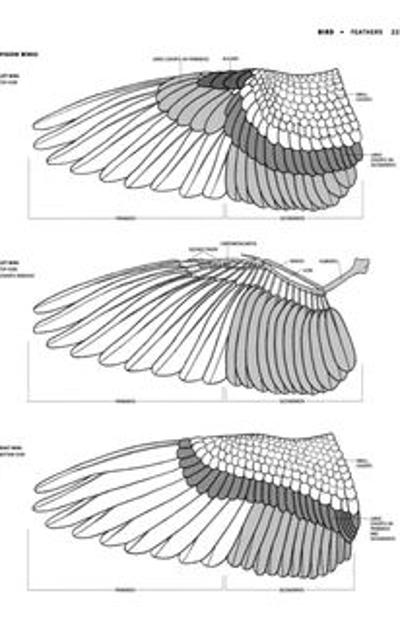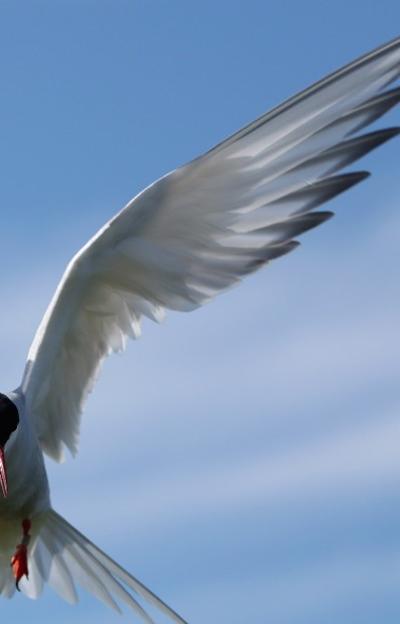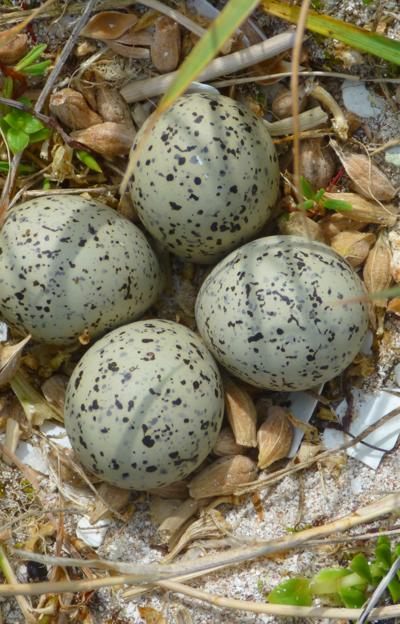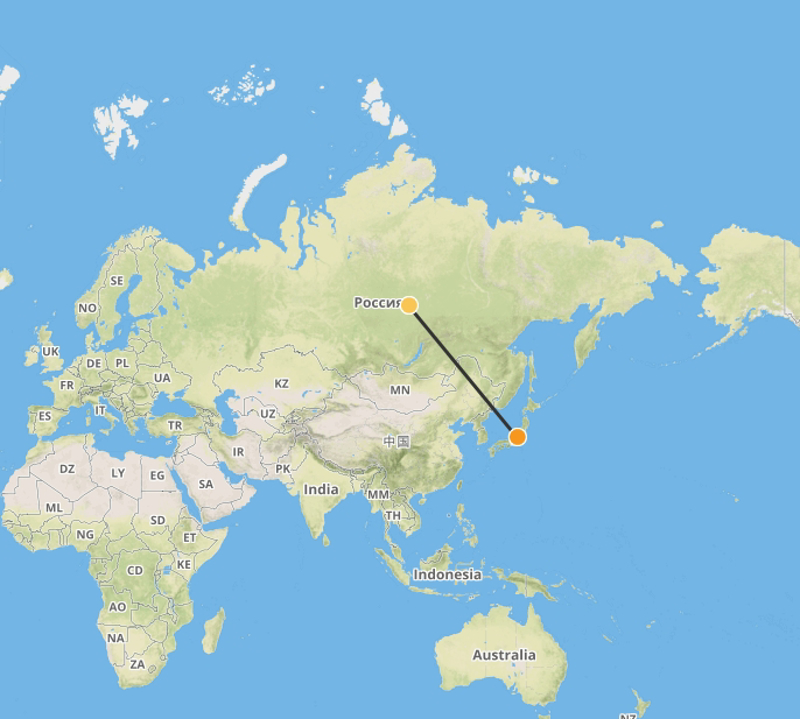Vertebrate Travelogue
Dear Journal,
After observing wolves in Alaska, we headed into Canada and Greenland to take more notes. Wolves are considered a keystone species in these areas. We followed the wolf population to Russia, where we also spotted the Arctic Tern, a very interesting bird.
Habitat: Arctic and sub-Arctic regions of Europe, Asia, and North America
rocio.ramos
10 chapters
15 Apr 2020
Arctic Tern
September 27, 2014
|
Rusia
Dear Journal,
After observing wolves in Alaska, we headed into Canada and Greenland to take more notes. Wolves are considered a keystone species in these areas. We followed the wolf population to Russia, where we also spotted the Arctic Tern, a very interesting bird.
Habitat: Arctic and sub-Arctic regions of Europe, Asia, and North America


During summer they stay close to the open coastal heath lands or moorlands, where there almost no predators. During winter they stay at sea and rest on floating objects or ice.
Adaptations
These birds look for the global wind pattern which allow them to fly up to 90,000 km in their migration route. This is incredible despite their small size.
Their very high metabolic rate allows them to produce heat from within to withstand the polar or cold climates they face.
Body aerodynamics (Protection and flight)
Colony nesting with other birds



It was fun to watch these birds, however they dived at us a few times for being close to their eggs. BIG MISTAKE. Be aware of them, their dives hurt.

Share your travel adventures like this!
Create your own travel blog in one step
Share with friends and family to follow your journey
Easy set up, no technical knowledge needed and unlimited storage!